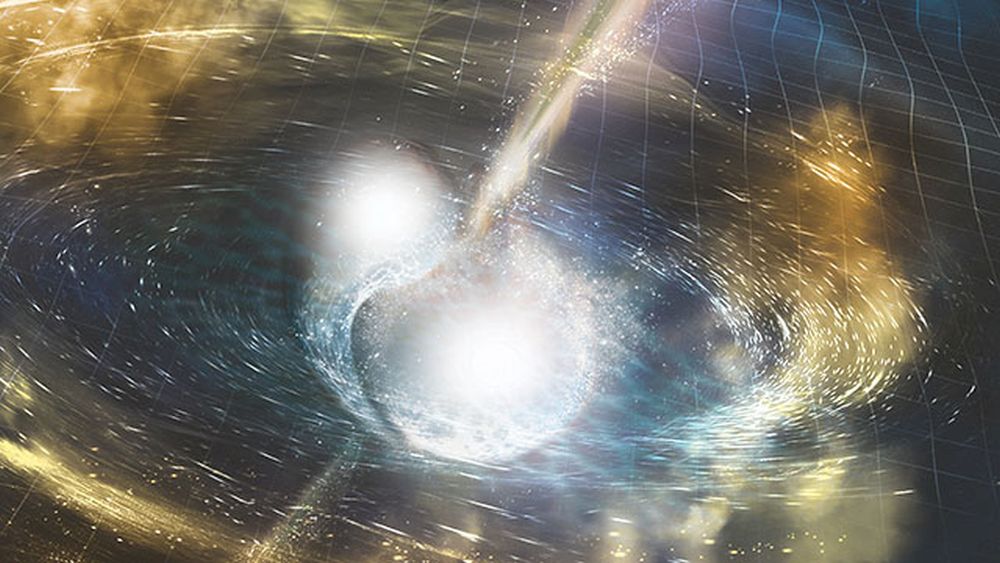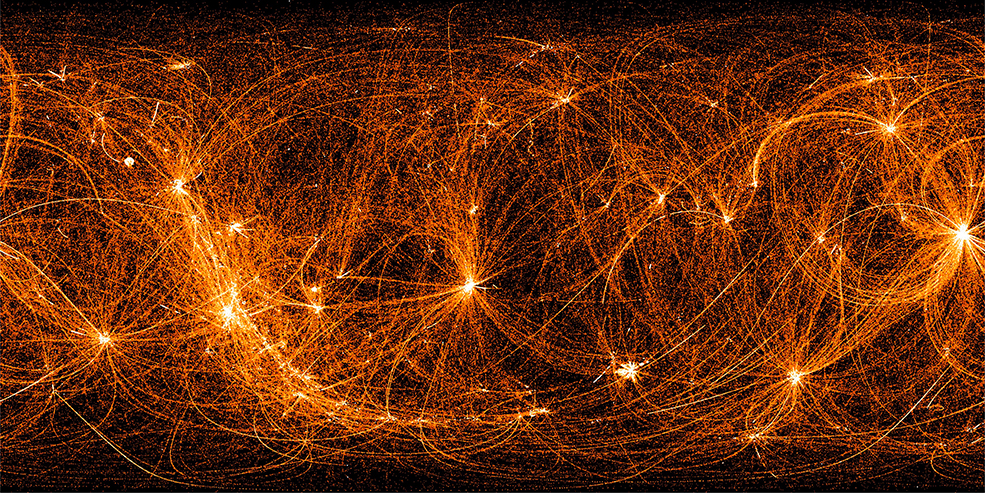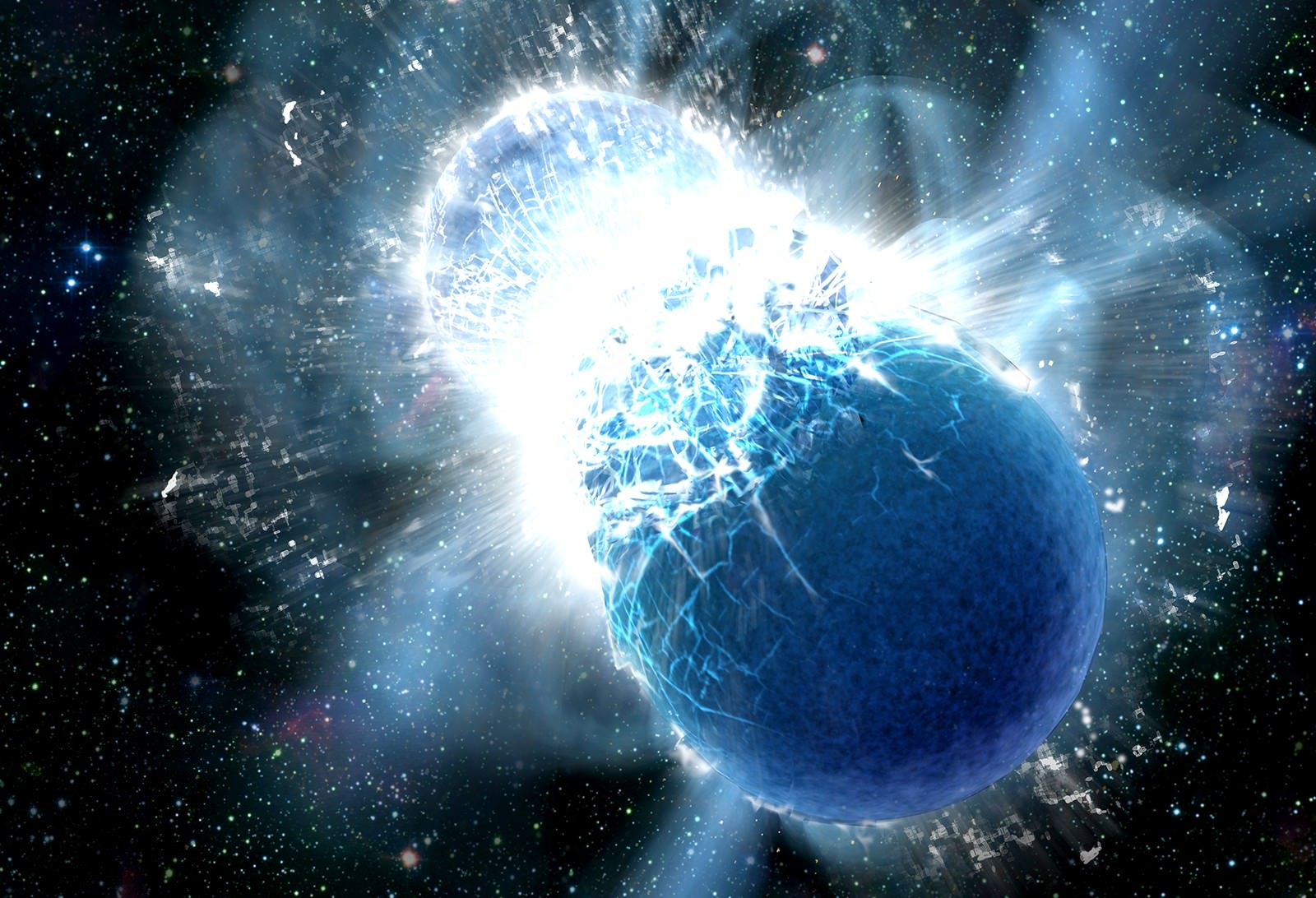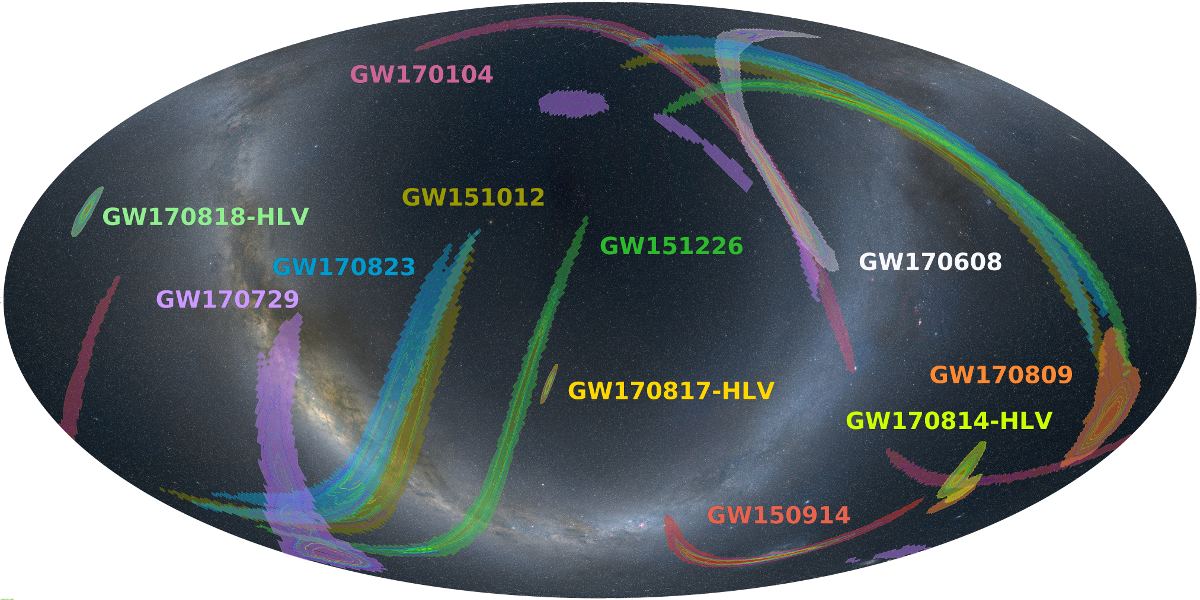Astronomers at Cardiff University have done something nobody else has been able to do. A team, led by Dr. Phil Cigan from Cardiff University’s School of Physics and Astronomy, has found the neutron star remnant from the famous supernova SN 1987A. Their evidence ends a 30 year search for the object.
Continue reading “Astronomers Finally Find the Neutron Star Leftover from Supernova 1987A”Astronomers Finally Find the Neutron Star Leftover from Supernova 1987A










